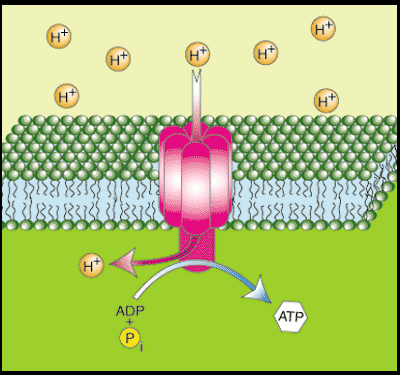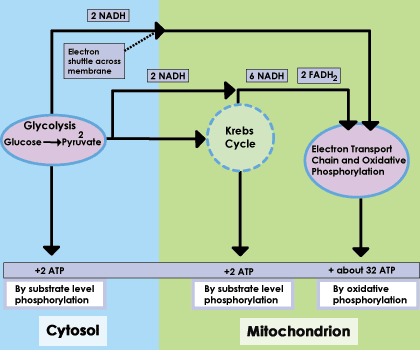Please wait while we process your payment
If you don't see it, please check your spam folder. Sometimes it can end up there.
If you don't see it, please check your spam folder. Sometimes it can end up there.
Please wait while we process your payment

By signing up you agree to our terms and privacy policy.
Don’t have an account? Subscribe now
Create Your Account
Sign up for your FREE 7-day trial
By signing up you agree to our terms and privacy policy.
Already have an account? Log in
Your Email
Choose Your Plan
Individual
Group Discount
Save over 50% with a SparkNotes PLUS Annual Plan!
 payment page
payment page
Purchasing SparkNotes PLUS for a group?
Get Annual Plans at a discount when you buy 2 or more!
Price
$24.99 $18.74 /subscription + tax
Subtotal $37.48 + tax
Save 25% on 2-49 accounts
Save 30% on 50-99 accounts
Want 100 or more? Contact us for a customized plan.
 payment page
payment page
Your Plan
Payment Details
Payment Summary
SparkNotes Plus
You'll be billed after your free trial ends.
7-Day Free Trial
Not Applicable
Renews July 7, 2025 June 30, 2025
Discounts (applied to next billing)
DUE NOW
US $0.00
SNPLUSROCKS20 | 20% Discount
This is not a valid promo code.
Discount Code (one code per order)
SparkNotes PLUS Annual Plan - Group Discount
Qty: 00
SparkNotes Plus subscription is $4.99/month or $24.99/year as selected above. The free trial period is the first 7 days of your subscription. TO CANCEL YOUR SUBSCRIPTION AND AVOID BEING CHARGED, YOU MUST CANCEL BEFORE THE END OF THE FREE TRIAL PERIOD. You may cancel your subscription on your Subscription and Billing page or contact Customer Support at custserv@bn.com. Your subscription will continue automatically once the free trial period is over. Free trial is available to new customers only.
Choose Your Plan
This site is protected by reCAPTCHA and the Google Privacy Policy and Terms of Service apply.
For the next 7 days, you'll have access to awesome PLUS stuff like AP English test prep, No Fear Shakespeare translations and audio, a note-taking tool, personalized dashboard, & much more!
You’ve successfully purchased a group discount. Your group members can use the joining link below to redeem their group membership. You'll also receive an email with the link.
Members will be prompted to log in or create an account to redeem their group membership.
Thanks for creating a SparkNotes account! Continue to start your free trial.
We're sorry, we could not create your account. SparkNotes PLUS is not available in your country. See what countries we’re in.
There was an error creating your account. Please check your payment details and try again.
Please wait while we process your payment

Your PLUS subscription has expired
Please wait while we process your payment
Please wait while we process your payment

Oxidative Phosphorylation
We now move our discussion past complexes I-IV on to complex V, called oxidative phosphorylation, in which ATP is synthesized from ADP and phosphate in the matrix of the mitochondria. The enzyme that catalyzes this reaction is called proton translocating ATP synthase the protein component of complex V.
As we introduced in the last section, as a result of the electron transport chain, an electrochemical gradient is formed on either side of the inner mitochondrial membrane. The outside of the membrane is positive while the inside is negative. The positive hydrogen ions are allowed to flow back across the membrane through specialized channels manned by proton translocating ATP synthase, which uses the energy created by the energetically favorable transport to synthesize ADP and phosphate into ATP.

The transport of just two electrons through the electron transport chain generates enough free energy in the form of electrochemical gradient to drive the synthesis of one molecule of ATP. The synthesis of ATP necessitates the dissolution of the electrochemical gradient, however, since the whole process is driven by positive hydrogen ions (protons) flowing back into the matrix space from the intermembrane space. The ETC maintains the electrochemical gradient by continuing to generate hydrogen ions.
In total, the process started through the glycolysis of one glucose molecule yields about 32 ATP in oxidative phosphorylation. In total, oxidative phosphorylation accounts for around 90 percent of the body's total ATP.
We have now concluded our study of cell respiration, following the entire process of a glucose molecule from the cytosol and glycolysis into the mitochondria and through the electron transport chain and oxidative phosphorylation. With our new knowledge, we can now produce an updated version of our overall map of cell metabolism.

Please wait while we process your payment

